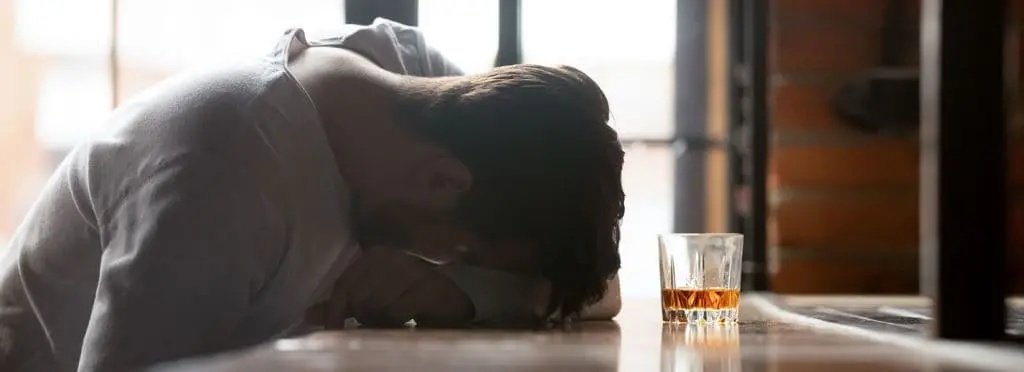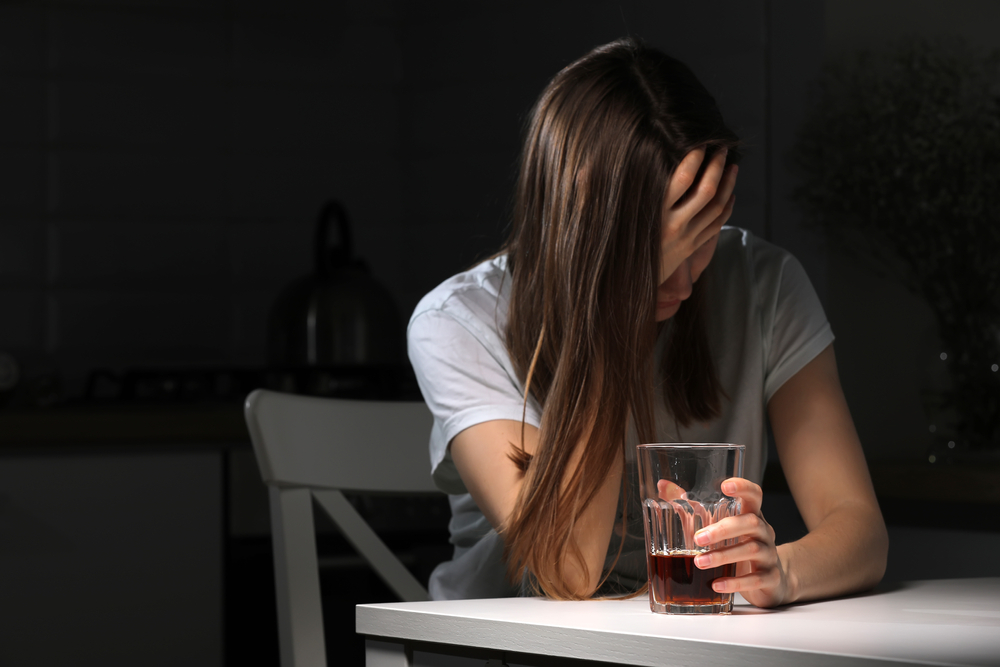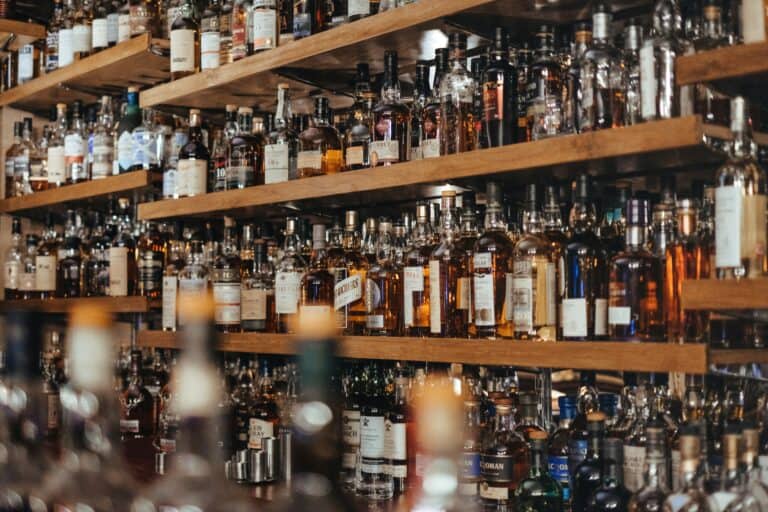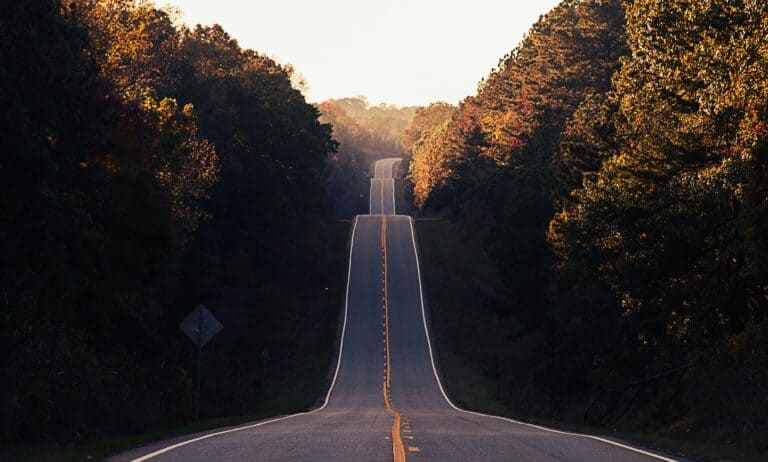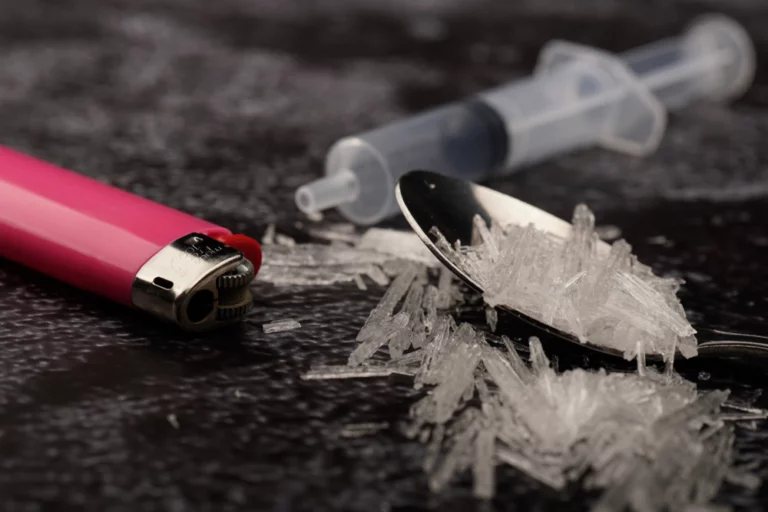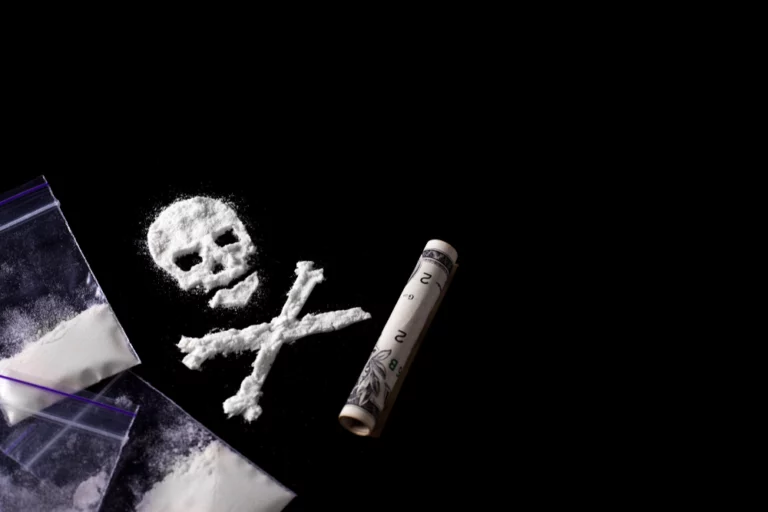Is alcohol a stimulant? This is a common question that many people have. More than 85% of Americans report having consumed alcohol at some point in their lives. There’s a good chance that alcohol is so popular because it is such a pleasant way to unwind. To understand how alcohol impacts your life, you must first understand a little about it. For example, do you know whether alcohol is a stimulant or a depressant? You may be surprised to learn what the answer is, even if you think you know. Alcohol has wide-ranging effects on someone’s health and well-being, so read on to learn more.
Is Alcohol a Stimulant?
Many people are aware that alcohol affects brain function, but they may not know exactly how it works. Some people view alcohol as a stimulant that increases their heart rate and provides them with energy, resulting in lowered inhibitions. However, this is only part of the story. Although alcohol does have some initial stimulating effects, it is primarily a depressant. Your body chemistry, how much alcohol you consume at once, and your alcohol tolerance determine how you respond to it.
What is a Stimulant?
The central nervous system is part of the nervous system that controls most bodily functions. When a stimulant is used, it increases the speed of bodily functions, resulting in extra alertness and vigor. Some examples of stimulants include amphetamines, caffeine, cocaine, and nicotine. These are all examples of substances that speed up the heart rate and increase blood pressure. Some substances are legal, while others are prohibited.
What is a Depressant?
A depressant is a substance that slows down or inhibits your central nervous system; it is also known as a ‘downer.’ When you take a depressant, you may become relaxed or sleepy as a result of its effect on your central nervous system. Because of its name, many people believe that depressants make them feel depressed, but this is not always the case. A depressant’s effect on the central nervous system is what ‘depresses’ it, not its impact on your mood. Barbiturates, benzodiazepines, cannabis, ketamine, and heroin are examples of depressants. While most of these compounds are either controlled or forbidden to use, some are legal.
Stimulant Effects of Alcohol
When you consume alcohol, your brain is signaled to release dopamine, the “happy hormone,” which makes you feel stimulated and energized. In addition, alcohol may increase your heart rate, which can lead to increased aggression in some individuals, both of which are characteristic of stimulants.
Alcohol consumption causes both stimulant and depressant effects when your blood alcohol concentration (BAC) reaches 0.08 mg/l, the point at which you are considered intoxicated in most areas of the United States. Your body chemistry, sex, weight, alcohol tolerance, and other factors all impact the way alcohol affects you.
A variety of online tools can help you approximate how many drinks it would take to reach these BAC levels. Some people might experience more stimulating effects from alcohol, while others might experience more sedative effects. Researchers believe that people who experience more stimulating effects and fewer sedative effects are at a higher risk of developing alcoholism. However, alcohol is mainly a depressive substance despite its slight stimulant properties.
Depressant Effects of Alcohol
The initial stimulant effects of alcohol are soon replaced by a dampening of your central nervous system, reducing your blood pressure, heart rate, and mental clarity. As a result, individuals who have consumed large amounts of alcohol may appear dazed, disoriented, or lethargic due to slower response times.
Alcohol consumption at higher doses can decrease dopamine production, resulting in listlessness or melancholy. The depressant effects of alcohol are created when your BAC is around 0.08 mg/l. Once your BAC is 0.2 mg/l or higher, its depressive effects on your respiratory system may be so powerful that they cause coma or death.
Are Stimulants or Depressants More Dangerous?
Both stimulants and depressants are dangerous for different reasons. Stimulant substances can force the body into overdrive, causing the body to overwork. Having an increased heart rate and higher blood pressure over time can cause unnecessary strain on the body. Stimulant drugs can also cause arrhythmias, heart attacks, and other health problems by overworking the organs and causing seizures and heart attacks as a result of a drug overdose.
When taken in large quantities, depressants can slow down the body’s processes to the point that respiration and cardiac activity cease. When an overdose occurs, the body’s automatic processes, including breathing and heart rate, slow down and eventually stop altogether. This is extremely hazardous and often deadly for obvious reasons.
It is risky to combine stimulants and depressants. Some users believe that mixing uppers and downers balances the negative effects of each, but doing so actually increases the risk of both.
Alcoholism in the United States
Alcohol is one of the most frequently consumed substances on the planet. About half of Americans currently consume alcohol, according to the National Survey on Drug Use and Health. Unfortunately, it is often misused. It is estimated that 16 million Americans are heavy alcohol consumers and 14.5 million Americans have alcohol use disorders as a result of the 2019 National Survey on Drug Use and Health. The COVID-19 outbreak may have worsened these numbers.
The CDC reports that excessive alcohol use caused more than 140,000 deaths and 3.6 million years of potential life lost annually during 2015-2019, on average. More than 40% of these deaths and half of the years of potential life lost were due to binge drinking.
Dangers of Alcohol Abuse
Of the 85,688 liver disease deaths among individuals ages 12 and older in 2019, 43.1% were the result of alcohol consumption. Among men, 53,486 liver disease deaths occurred, and 45.6% of them were the result of alcohol consumption. Among women, 32,202 liver disease deaths occurred, and 39.0% of them were the result of alcohol consumption.
Liver disease, heart disease, depression, stroke, stomach bleeding, cancer of the oral cavity, esophagus, larynx, pharynx, liver, colon, and rectum are among the health problems that may develop from untreated alcohol abuse. People who misuse alcohol may also have trouble managing diabetes, high blood pressure, pain, and sleep disorders. Unsafe sexual behavior may also increase as a result.
Alcohol abuse can be extremely damaging to someone’s health. Some of the personal and social consequences of alcohol abuse, especially when it becomes an AUD, include:
Decline in Professional Career
A person’s career may suffer when drinking becomes their priority. They become less productive, and they might miss work frequently due to hangovers. They miss meetings, fail to finish assignments on time, and disappoint their colleagues.
Mental Issues
People with serious AUDs are at increased risk for mental health issues including anxiety, depression, and suicide. In many instances, mental health issues existed prior to the AUD. Alcohol was used as a method to numb the symptoms of his mental health disorder, which subsequently led to addiction.
Damage to Relationships
Alcohol abuse can result in significant damage to someone’s primary relationships. Drinking problems have the potential to cause great injury to those close to them, resulting in pain, disappointment, consternation, and fear. Divorce is frequently caused by substance abuse.
Legal Issues
It’s widely recognized that alcohol abuse can lead to legal problems. These may include a DUI arrest(s) or domestic violence or assault charges from a bar fight.
Alcohol’s Effects on the Brain
Alcohol affects the brain’s pathways of communication, causing altered appearance and function. Balance, memory, speech, and judgment are all disrupted by the substance, leading to an increased likelihood of accidents and other unfortunate outcomes. The neurons in the brain are impaired as a result of long-term, heavy drinking, which leads to a reduction in their size. The brain is more vulnerable to the consequences of alcohol misuse during adolescence and early adulthood.
Alcohol-induced blackouts are one of the most severe consequences of alcohol misuse. These blackouts occur when a person has had enough alcohol to temporarily block the consolidation of memories from short-term to long-term storage—a process known as memory consolidation—in a brain area called the hippocampus.
Despite obvious signs of significant impairment, continuing to drink can result in an alcohol overdose. When there’s too much alcohol in the bloodstream, areas of the brain controlling fundamental life-support functions such as breathing, heart rate, and temperature regulation begin to fail.
Treatment for Alcohol Use Disorder (AUD)
It is important to note that alcohol use disorder treatment can vary greatly. A brief intervention, individual or group therapy, an outpatient program, or a residential inpatient stay may all be used. The primary treatment goal for alcohol use disorder is to cease using alcohol in order to improve quality of life. Alcohol use disorder treatment may include the following:
Detox
Withdrawal symptoms can be managed medically during medical detoxification. It is frequently a 2- to 7-day detoxification process. If necessary, sedating medications can be administered to prevent withdrawal symptoms. Detoxification may be done at an inpatient treatment facility or a hospital to ensure the patient’s comfort and safety.
Rehab
In addition to detoxification, rehabilitation includes a variety of therapies and treatments to help you combat drinking urges and triggers. During this phase, you will also learn coping skills that may be used post-rehabilitation. Whether it is an inpatient or outpatient setting, you will receive rehabilitation based on the severity of your alcoholism and your clinician’s recommendation.
Medication-Assisted Treatment
A medication known as disulfiram may assist you in avoiding alcohol consumption, although it will not cure alcohol use disorder or remove the want to consume. If you consume alcohol while on disulfiram, you may experience flushing, nausea, vomiting, and headaches. Naltrexone, a substance that inhibits the pleasant sensations caused by alcohol, may prevent heavy drinking and reduce the desire to drink. Acamprosate may assist you in battling cravings for alcohol once you cease consuming it. Naltrexone and acamprosate don’t make you feel ill if you take a drink, unlike disulfiram.
Aftercare Programs
Once you complete the rehabilitation process, you will begin to reintroduce yourself to daily living. When you’re recovering from alcohol abuse, it’s important to take things slow. Aftercare programs and support groups assist individuals with alcohol use disorder in abstaining from drinking, avoiding relapses, and adjusting to necessary lifestyle modifications. Medical or psychological assistance, or participation in a support group, might be necessary. Support groups, like Alcoholics Anonymous and Al-Anon, which offer support and connection with other recovering individuals, group leaders, and sponsors, may be beneficial in supporting and sustaining sobriety.
Knoxville Recovery Center is Here to Help
Alcohol addiction has become an urgent issue in the United States. It’s crucial to recognize the dangers of alcohol dependency and addiction and seek assistance if necessary. If you or a loved one needs addiction treatment in Knoxville, Tennessee, we can assist you.
Let the professionals at Knoxville Recovery Center help you get clean from addiction once and for all. To get more information or ask any questions, please contact us. You are not alone in your struggle with drinking. Our addiction professionals are available right now to answer any questions you may have about our many treatment options and give you the care that you deserve.



